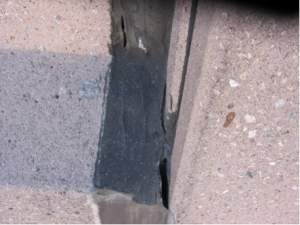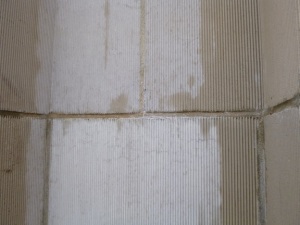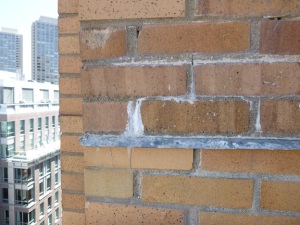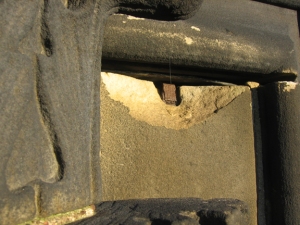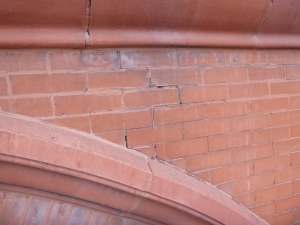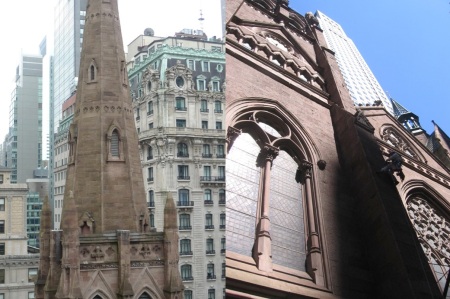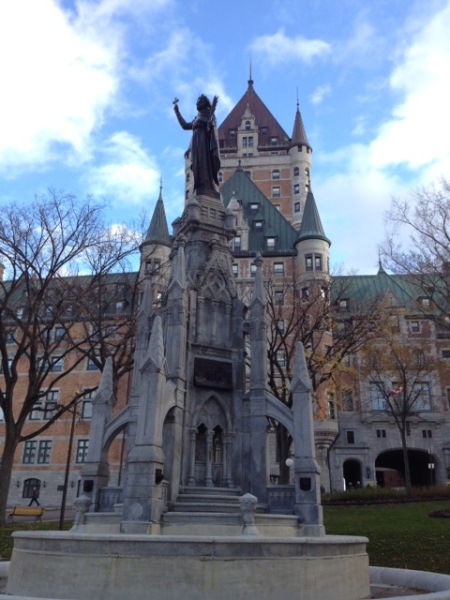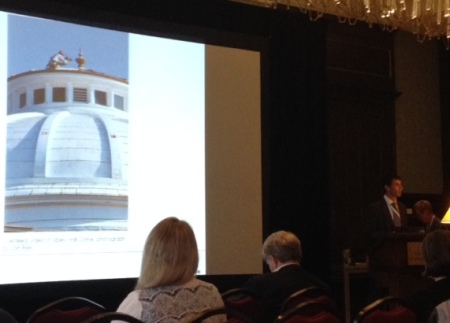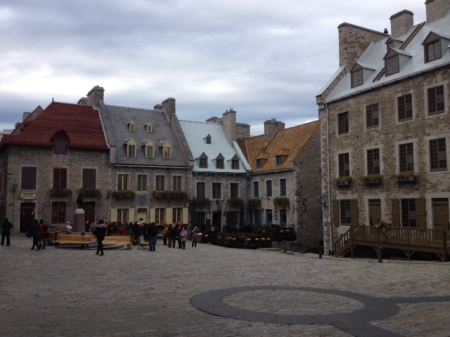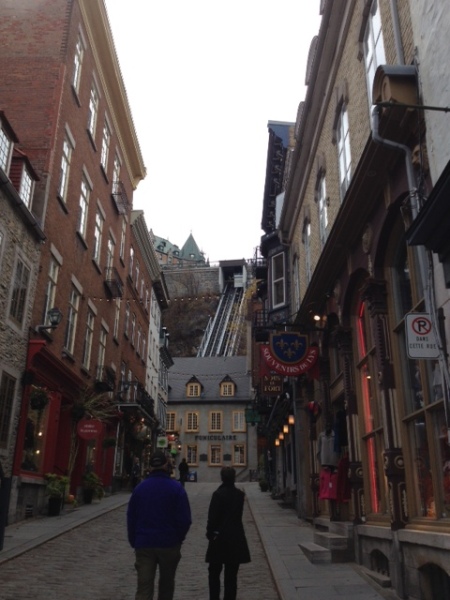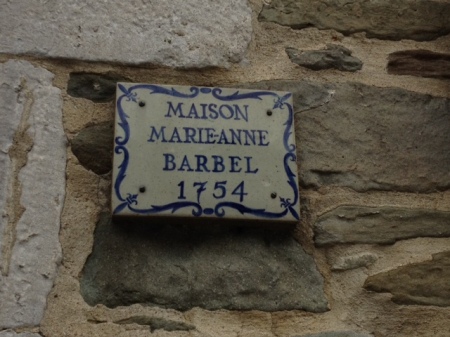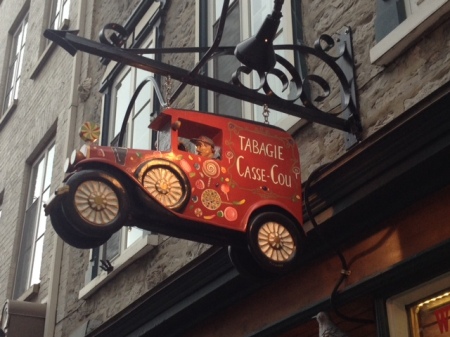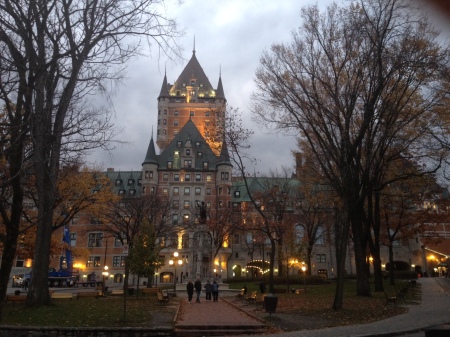An article by Michael Beschloss in the New York Times, entitled A Place That Made Travelers Feel Important, recalls the 1963 demolition of Pennsylvania Station and hints at the possibility of a new Penn Station. The loss of Penn Station was a watershed event in the historic preservation movement, influencing the passage of the National Historic Preservation Act in 1966 and contributing to the preservation of countless other structures.
The article describes the financial situation that drove the decision to demolish the station: the Pennsylvania Railroad was losing money in the 1950s, and fearing a continued decline of passenger rail travel, the railroad’s executives decided to lease the site to the Madison Square Garden Corporation, which replaced the station’s grand public spaces with a new arena atop the existing platforms.
Mr. Beschloss includes architectural historian Vincent Scully’s oft-quoted observation comparing the old Penn Station with its current incarnation: “One entered the city like a god; one scuttles in now like a rat.”
A sign that a new and more worthy Penn Station could be in the making is the fact that in 2013 the New York City Council voted to extend Madison Square Garden’s zoning permit for only 10 years. With the current station barely able to meet current demand, perhaps economic forces will once again shape a Penn Station that makes travelers feel, if not godly, then at least important.
For more about Penn Station’s past and future:
A new play retells the demolition of Penn Station against a backdrop of historic images: www.theeternalspaceplay.com
The Municipal Art Society of New York challenges leading design firms to envision a new Penn Station: www.mas.org/urbanplanning/new-penn-station-2/



